In Conversation: Nick Green on The Social Distancing Festival
The COVID-19 pandemic has forced live performance institutions across the globe to shut down, cancelling many productions at various stages of preparation and performance. Nick Green, actor and playwright, was the librettist for one such production, a new musical titled In Real Life. Knowing that he was not alone in feeling disappointed that his work would no longer be shared with audiences, Green curated The Social Distancing Festival, a website that provided a forum for artists to share the work they had in process but had been forced to cancel due to COVID-19. Green received over 600 submissions from actors, singers, designers, companies, and artists presenting videos and images of their work. Some theatre and opera companies submitted links to sites that streamed productions in place of the live performances they would have been offering. The Social Distancing Festival has caught the attention of major news outlets, including the BBC, The Globe and Mail (Canada), Time Out Dubai, la Republica (Italy), and The New York Times. Much has been written about The Social Distancing Festival and how artists and arts institutions have reckoned with living, working, creating, and sharing online during the pandemic, but little has been written about how online forums like The Social Distancing Festival will shape and shift live performance after the pandemic subsides. I spoke with Nick Green to ask him about his perspective, what he has learned as a theatre artist through his work with The Social Distancing Festival, and what lessons could be applied to a post-COVID-19 future.
On the value of The Social Distancing Festival for artists, producers, and performance communities
There have been a few ways that people have benefited. First of all, for me personally and from artists who’ve offered feedback through submissions or visits to the site, there has been a feeling of artistic community from the festival. Many people have said this is a lonely time, and this site has been a way for artists to connect with other artists and audiences.
Additionally, there are have been a couple artists who have been “discovered” through the site. One painter, whom I can’t name yet because the details of her contract have not been finalized, had a work submitted to the festival, which was seen by a publisher of a magazine, who now will use that painting as the cover for their next edition.
On how digital performance communities, such as the one created by The Social Distancing Festival, compare to live performance communities
Something that has been really on my mind through this is the possibility of sharing the work beyond the circles we know and love. As well as the possibility for artistic collaboration across the seas or across borders, or even between cities. First of all, I’ve been thinking so much about the means to professional production that exist and have existed for a very long time, and how we are at a place now where we can really question what it means to have something professionally produced. There are a lot of gatekeepers in the theatre community, and digital platforms have allowed performers to be the gatekeepers themselves. There are new opportunities for sharing work that are not as curated or legitimized through professional means of production. People are able to reach larger and more diverse audiences more directly, rather than through a process of being selected, then edited or changed to meet one production company’s audiences. It narrows the gap between creator and audience.

Tadhi Alawi in “Wild Heart” by Tadhi Alawi and Dar-es-Salaam (Tanzania) and Barbara Johnston, Anika Johnson, and Suzy Wilde (Toronto, Canada); part of the Social Distancing Festival’s Long Distance Art project.
In terms of collaboration, right now, someone who lives blocks away might as well be in a different country. There is a new project that is underway at the Festival—I match two artists from different cities around the world and they collaborate on a new work. There are three teams of two currently collaborating on new works. They are interdisciplinary and international. I have a musical theatre composing team from Toronto working with a dancer from Dar-es-Salaam, Tanzania. They’ve written a song that he is choreographing a dance to and filming. There is a textile artist from Calgary working with a painter in Ohio, and they are doing an online collaboration to create a new piece of art. And a musician in NYC is working with a painter in Australia. He composed a piece of music that was inspired by a painting by the Australian artist, and now she is going to use that piece of music to inspire a new painting.
To me, this is a really simple international collaboration that I don’t think is done very often, and our given circumstances have opened up this line of communication in a very profound way. The means in which these collaborations are undertaken are different too; it’s not just the opportunity to connect to new people. This forces us to learn how to incorporate the digital into our art forms. It encourages us to figure out how to employ digital means as a part of the process of creating and sharing work.
On a future for online forums as a way of disseminating live performance
We aren’t trying simply to shift art that is meant to be experienced live to carbon copies online. Right now the interesting work being done requires us to figure out how to deliver live artistic experiences to online audiences. I hope in doing so that there are new expressions and new ways of sharing work that are strictly digital and that those presentations continue, and other live forms of art continue. Online collaborations that produce work that is meant to be experienced online can continue along with attending concerts at the concert hall.
There is really interesting stuff being done with streaming live performance. Live streaming is being honed and perfected. I’ve seen entire festivals being streamed online that are so enjoyable, which do not feel like a bad copy of live performance. There are new emerging possibilities in live streaming.

Costume designs by Snazana Pasic for the play One (Toronto, Canada)
On a future for online forums as a way to share the labour of live performance, such as sharing costume and set design sketches or other labour that is often left invisible in the moment of performance
I think there is such a possibility for audiences to access the “behind the scenes” of live performance through online forums. Costume sketches, set designs, program notes, or lobby displays could be as easy to access as it is to click a link to stream a live performance. And people might have more time to enjoy these resources while watching streaming performance. It will still be there after–a person doesn’t have to leave the theatre immediately after the show is done. You can hit pause, and read a program note, and then go back to the performance, if it is pre-recorded. And some of the platforms for live streaming provide new opportunities for audience feedback and engagement – live chats, clicking emoticons to share a feeling about a particular moment in performance. These features of online streaming highlight a communal sense of pleasure and enjoyment. When the soprano hits a high note in an emotionally intense moment in a song, and you see other audience members click “like” and you see hundreds of hearts float up across the screen… For a purist, it might feel cheap; but for me, it hit me the same way as a collective inhale of breath. So much live experience has been weighed down in tradition and etiquette. I think that these online forums may encourage audiences to click “like” during a performance, in ways they feel they could not actively react in live theatre. I think that these digital forms break with those traditions that weigh us down in live performance.
On how The Social Distancing Festival has engendered more accessible ways for people to see and share live performance
I think that the Festival makes work by hundreds of artists from around the world accessible to audiences from around the world—work that is otherwise inaccessible because of geographic distance. I’ve shared art from Peru, Tanzania, Paris, New York City, Amsterdam, Brazil, and Johannesburg through the Festival. There are no geographic boundaries.
Because there are no “professional gatekeepers,” there are works from people at all different stages of their careers, amateurs to professionals. A person might come to The Social Distancing Festival searching for a streaming performance of a big-budget production from the Dutch National Opera and come across a visual art piece by an emerging queer Black woman. The work of an emerging artist with a smaller network or less of a reach can become more accessible to a global audience.
When work is shown online, the work comes to you. The physical barriers that one might face to get to where the art is shown is somewhat eliminated. Anything online is as accessible as the tools that someone has to access it. There are much greater possibilities to access art denied to a person by their disability or mobility issues. At the same time though, access through the internet is not fully accessible, because internet access and a device is necessary (and the library is not an option at the moment). Right now, there is a sense that this is public art—a lot of the work is being put up without a donation or ticket cost. But I don’t think this is sustainable.
On how The Social Distancing Festival can offer new ways to fund and support the arts
I’m trying to figure that out. The Social Distancing Festival is volunteer run–there is no submission fee. As such, running on a zero dollar budget, we are not able to offer artists any money right now. There are funding models out there, such as soliciting patronage or funnelling regional or federal arts funding to support the art shared online. Because the reach of these artists is expanding, and circles of support have overlapped, there is a lot of potential for international patronage or private commissions, or commissions by theatre companies, which would not exist otherwise. I think there is the possibility to have people buy tickets for work streamed online, or having a subscription base for presenters who share work online, and then these presenters could pay the artists whose work they stream. We also have a lot more eyes on the work, because people are not busy heading to the theatre or the art gallery. People are able to take the time to look and enjoy this art from these artists. There are opportunities to shore-up funding through this exposure.

“David Bowie” by Jane Sanders (Newcastle Upon Tyne, UK)
On how the experience of working on The Social Distancing Festival can be applied to live performance, and how digital forums can supplement or contribute to live performance
There’s been a lot to discover about the reach of arts work and the global arts community. I am a big advocate for supporting your local arts, and taking pride in being part of a civic arts scene, furthering the identity of art based on geography. I don’t want that to be replaced. But I think there’s a lot of strength to be found in connecting with artists from around the world, as well as lessons and messages of unity and shared experience. I also think that artistic practice might be deepened by engaging artists across geographical boundaries. So, I hope that these collaborations can lead to live presentations of the work that is developed online. Maybe the tools and practices we are developing inform processes of creation, which is fed into live presentation. I also hope this experience empowers creators and continues to motivate them to find their own ways to have their work presented in large circles, and not have to wait for people to approve of their work and put it out there.
On how the experience has inspired Green’s own work
My god! I am not going to lie. I couldn’t work on my own work for a while because of The Social Distancing Festival, but I’m getting a good balance back now. It has made me realize that a lot of people are creating work that is cut from the same cloth as what I see is important and valuable in contemporary work. That has fed my work. It’s a reminder that I’m not in a silo creating something that only I will like. It has reminded me that other artists out there are incredibly supportive and love to view and experience other people’s art. There are times in which you feel discouraged and you wonder who you’re actually doing all of this for, especially when the focus of what you’re doing is so much on just having somebody take it and bring it to that next level. You can kind of lose your voice and point of view in that process. With online forums, when a person can be self-produced and reach such a wide net of people, I have been inspired to listen to my own voice and to get my work out there because there are people out there that love it and want to hear it. With The Social Distancing Festival, the audience finds its way to the work, rather than the other way around.

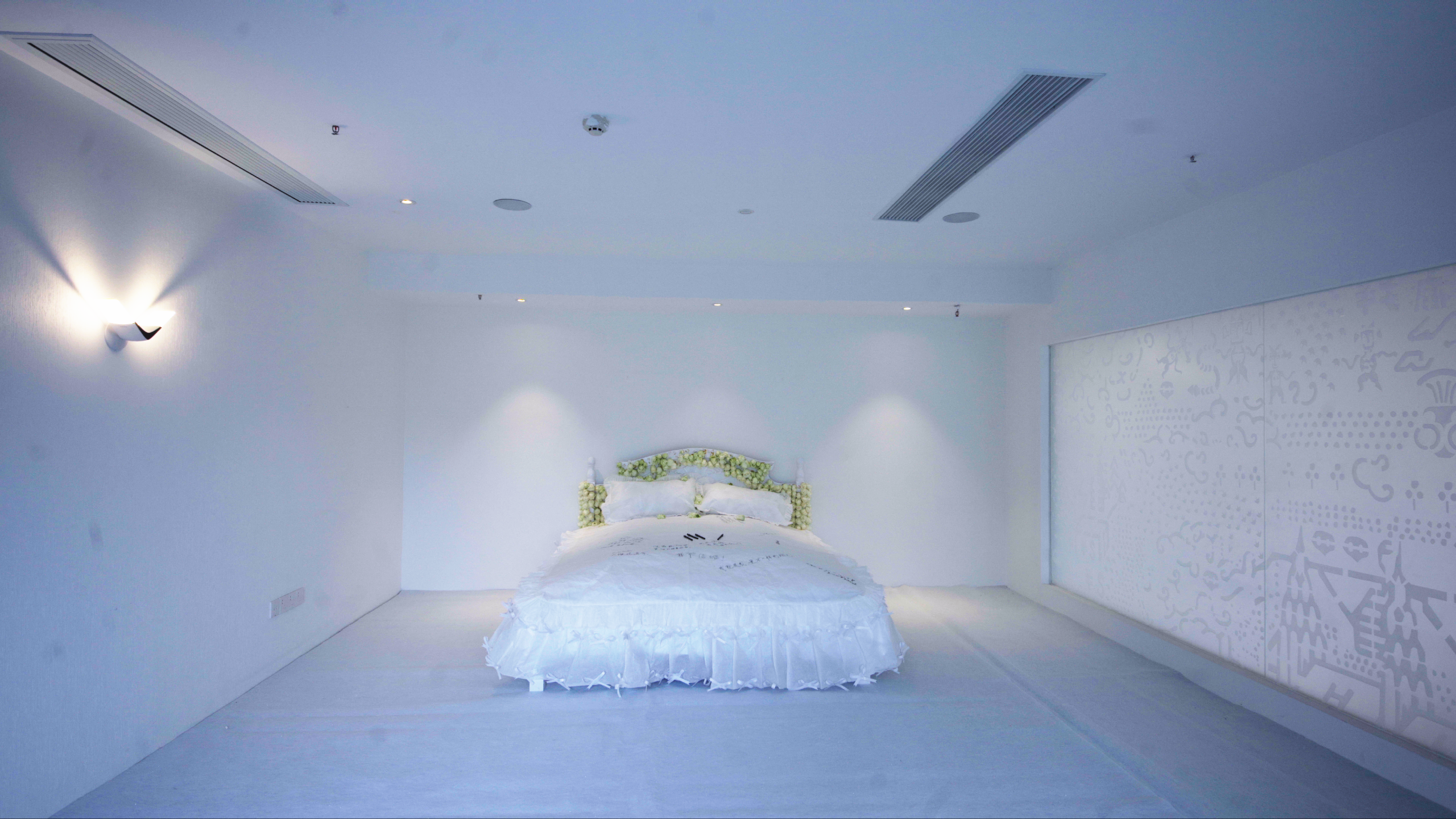
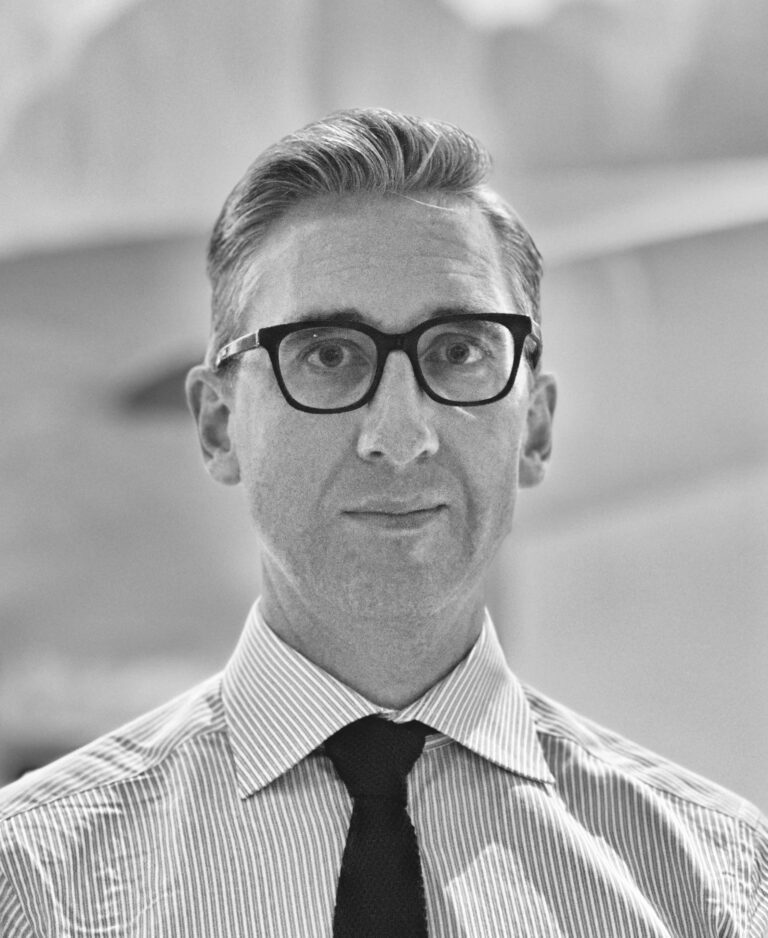
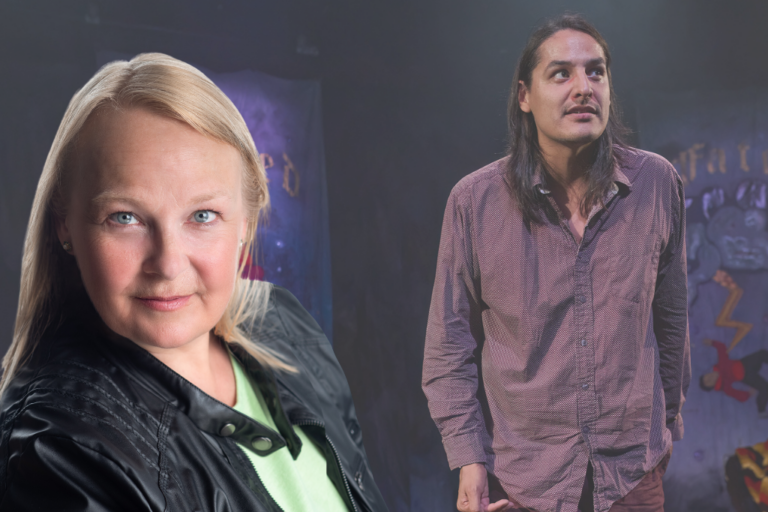
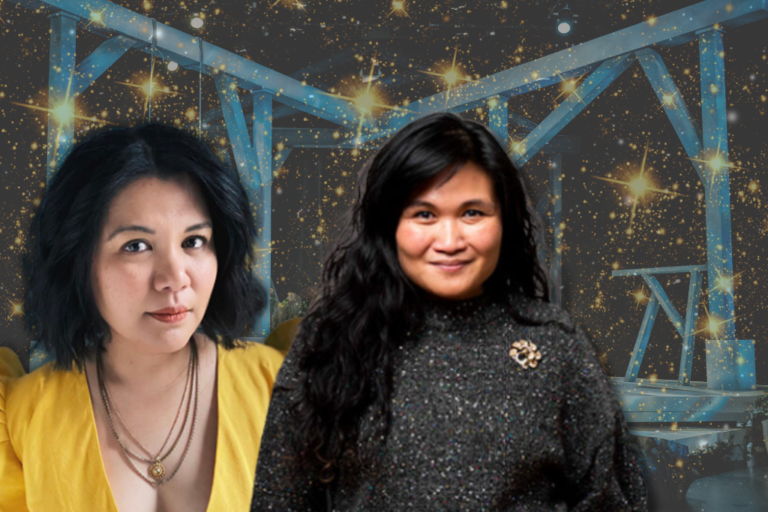
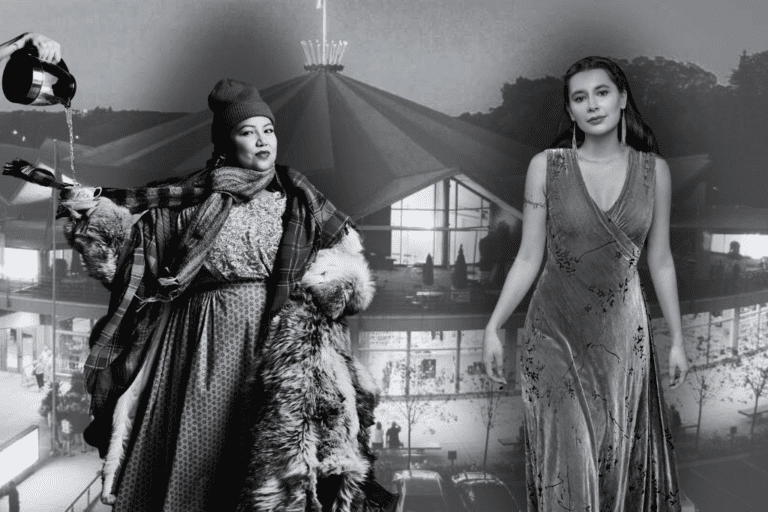

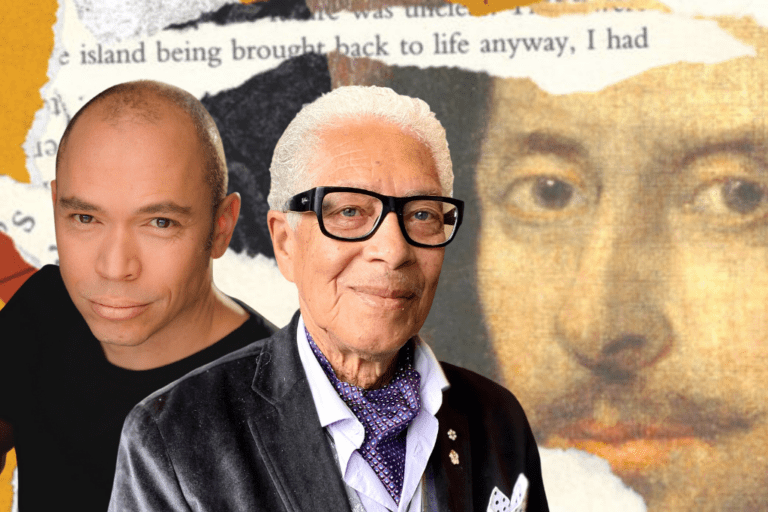
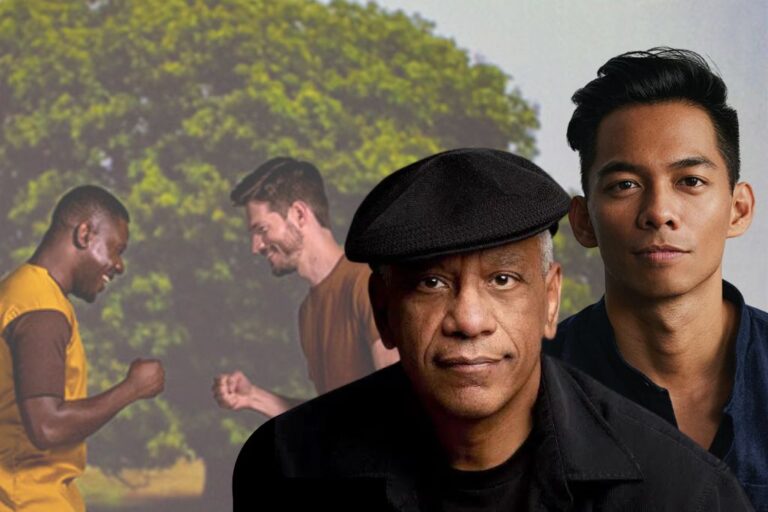


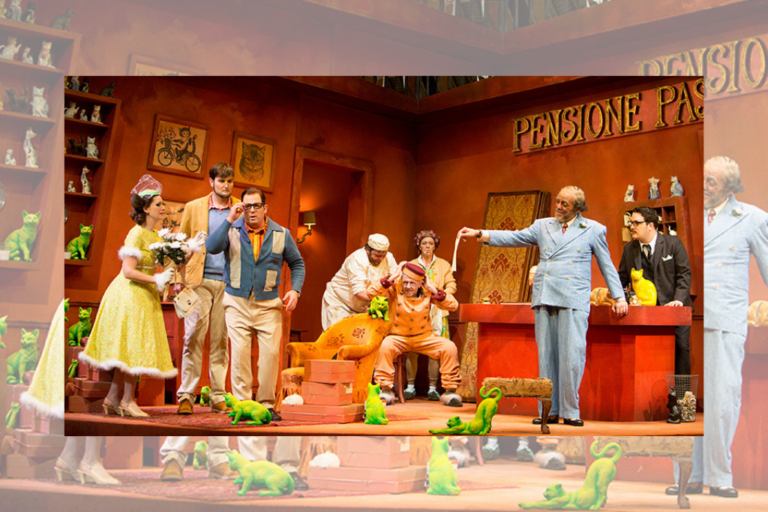
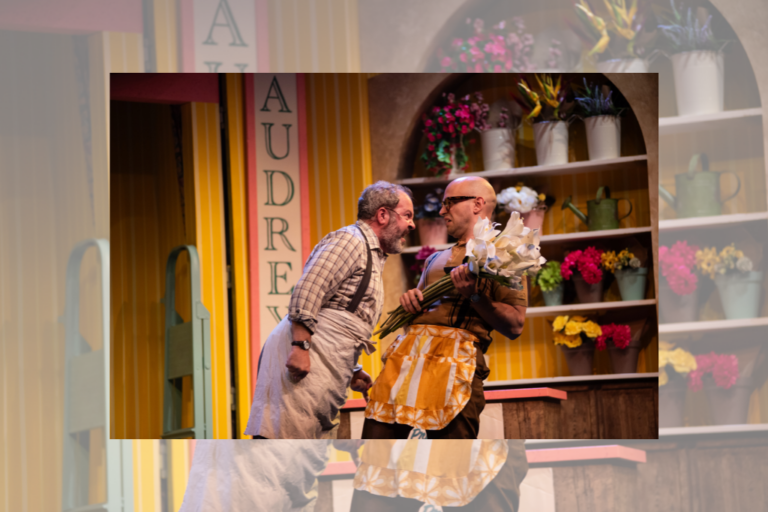
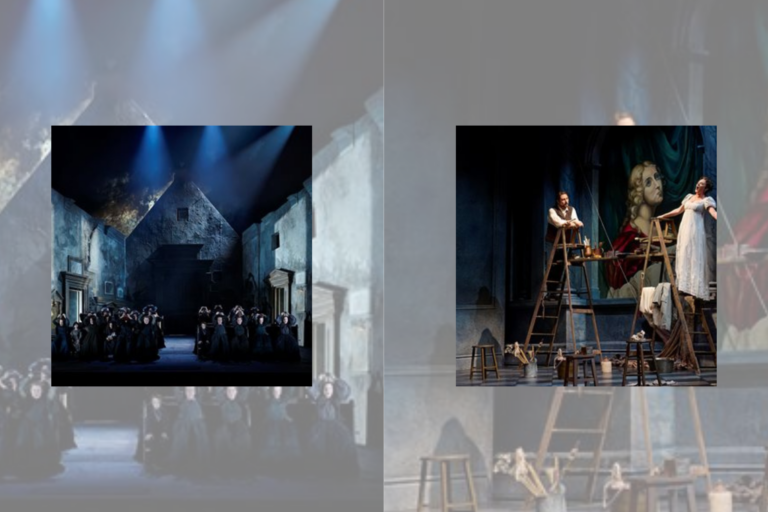

Comments